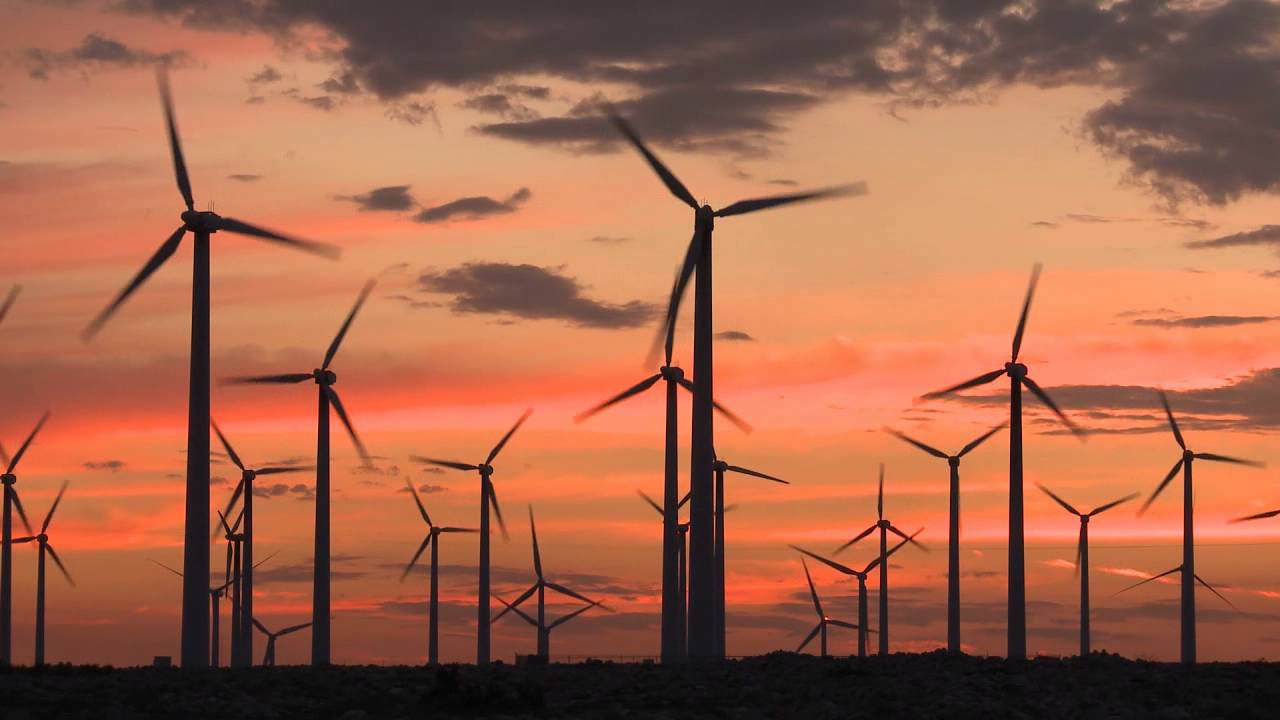Pointing turbines slightly away from oncoming wind – called wake-steering – can reduce that interference and improve both the quantity and quality of power from wind farms, and probably lower operating costs, a new Stanford study shows.
Similarly, What is the future of wind energy in India?
Wind Energy is critical to India’s Clean Energy Transition. India has a huge potential of over 300GW onshore and 195GW offshore wind energy. We also have a stated national target of achieving over 140GW by 2030 and are already expecting a 24.4GW increase by 2025.
What are 3 advantages of wind power? Advantages of Wind Power
- Wind power is cost-effective. …
- Wind creates jobs. …
- Wind enables U.S. industry growth and U.S. competitiveness. …
- It’s a clean fuel source. …
- Wind is a domestic source of energy. …
- It’s sustainable. …
- Wind turbines can be built on existing farms or ranches.
Thereof, How might wind power technology lead to growth in the United States?
“The wind industry’s rapid and continued growth has meant more family-sustaining jobs, more local manufacturing, more opportunities for veterans, and more support for farming communities, all while providing reliable, low-cost, and zero-carbon electricity for millions of Americans.”
Which is the leading state in India in the generation of wind power?
Potential of Wind Energy in India
| S. No. | State | Wind Potential at 100 m (GW) |
|---|---|---|
| 1 | Gujarat | 84.43 |
| 2 | Rajasthan | 18.77 |
| 3 | Maharashtra | 45.39 |
| 4 | Tamil Nadu | 33.79 |
Which type of windmill has better performance?
7. Which type of windmill has better performance? Explanation: The horizontal axis mills generally have netter performance. They have been used for various applications including electric power generation, and pumping water.
Why is wind power the best energy source?
Wind is an emissions-free source of energy
Overall, using wind to produce energy has fewer effects on the environment than many other energy sources. Wind turbines do not release emissions that can pollute the air or water (with rare exceptions), and they do not require water for cooling.
What is the major disadvantage of wind power generation?
One of the biggest downsides of wind energy is the noise and visual pollution. Wind turbines can be noisy when operating, as a result of both the mechanical operation and the wind vortex that’s created when the blades are rotating.
How efficient is wind energy?
Wind turbines are 20% to 40% efficient at converting wind into energy. The typical life span of a wind turbine is 20 years, with routine maintenance required every six months.
What are the top 5 coolest and newest ways to generate wind energy?
The Future of Wind Power: 9 Cool Innovations
- Airborne Wind Turbines: …
- Power from Low Speed Winds: …
- Bladeless Wind Power: …
- Wind Turbine Lenses: …
- Vertical Axis Turbines: …
- Quiet Wind Turbines: …
- Wind Power Storage: …
- Community-Owned Wind Power:
How do wind farms generate electricity?
How wind turbines work. Wind turbines use blades to collect the wind’s kinetic energy. Wind flows over the blades creating lift (similar to the effect on airplane wings), which causes the blades to turn. The blades are connected to a drive shaft that turns an electric generator, which produces (generates) electricity.
How is wind energy going to help the world?
Electricity from wind energy is one of the fastest growing methods of electrical generation in the world. … Using wind energy reduces the environmental impact of generating electricity because it requires no fuel and does not produce pollution or greenhouse gases.
What are the top 5 states using wind energy?
Below are the top 5 states by wind power generation:
- Texas (17,813 MW)
- Iowa (6,212 MW)
- California (6,108 MW)
- Oklahoma (5,184 MW)
- Illinois (3,842 MW)
Which country is the largest producer of wind energy?
China is the largest producer of wind power in the world, generating 236,402 megawatts in 2019, about 36.3% of total capacity produced.
What is the largest wind power plant in the world?
Jiuquan Wind Power Base, China
Jiuquan Wind Power Base is the world’s biggest wind farm, with a planned installed capacity of 20GW. Also known as Gansu Wind Farm, it will feature 7,000 wind turbines installed across the Jiuquan, Inner Mongolia, Hebei, Xinjiang, Jiangsu and Shandong provinces of Gansu, China.
What is grid integration of wind energy?
Grid integration of wind energy is simply a collection of all activities related to connecting WPPs to the grid. Activities are split into three categories based on when the activities occur. The first stage, planning, includes activities that occur before a WPP is integrated.
What type of energy is wind energy?
Wind power or wind energy describes the process by which the wind is used to generate mechanical power or electricity. Wind turbines convert the kinetic energy in the wind into mechanical power.
Which type of generator is used in wind power plant?
The type of generator most used in wind turbines are the permanent magnet synchronous generators.
What are 5 uses of wind?
Use of Wind Energy
- generating electricity.
- milling grain.
- pumping water.
- powering cargo ships (via kites)
- reducing carbon footprint.
- sailing.
- windsurfing.
- land surfing.
What are the four importance of wind?
Wind also helps in the generation of electricity, grain milling, water pumping, cargo ship powering, carbon reduction, sailing, windsurfing, and land surfing.
Why is wind energy better than solar?
Wind is a more efficient power source than solar. Compared to solar panels, wind turbines release less CO2 to the atmosphere, consume less energy, and produce more energy overall. In fact, one wind turbine can generate the same amount of electricity per kWh as about 48,704 solar panels.
Join TheMoney.co community and don’t forget to share this post !





